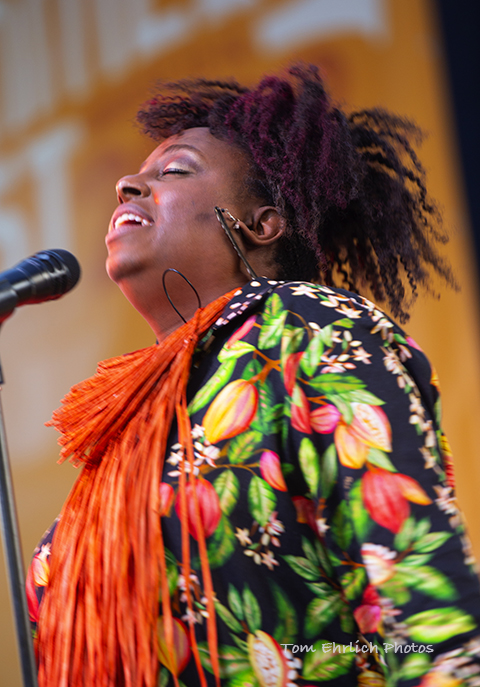Archivo
New Stuff[hide]
Musicos: Rafael Paseiro Monzón
Musicos: Dennis Nicles Cobas
Musicos: Jiovanni Cofiño Sánchez
Musicos: Yasser Morejón Pino
Fotos: Tom Ehrlich : 2024 Monterey Jazz, P...
Resenas: Vacilón Santiaguero (Circle 9 ...
Staff: Bill Tilford
Fotos: Tom Ehrlich : 2024 Monterey Jazz, P...
Fotos: Tom Ehrlich : 2024 Monterey Jazz Fe...
Fotos: Tom Ehrlich : testing 123
Grupos: Pupy y los que S... : Discography - 1995- F...
Reportes: From The St... : Cubadisco 2...
Reportes: From The St... : Jazz Plaza ...
Fotos: Tom Ehrlich : Irakere 50th Annivers...
Photos of the Day [hide]
La Última
Monterey Jazz Festival
Part 3: Saturday
Here's Tom Ehrlich's 3rd Monterey Jazz gallery.
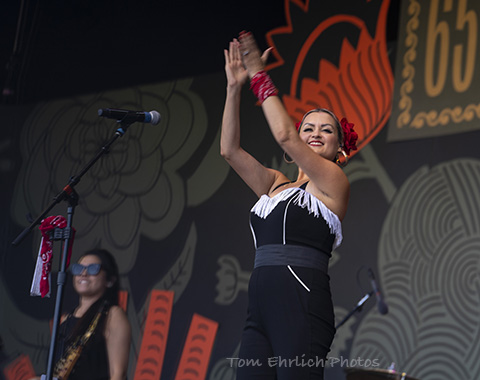 Denise Carlos
Denise Carlos
 Terri Odabi
Terri Odabi
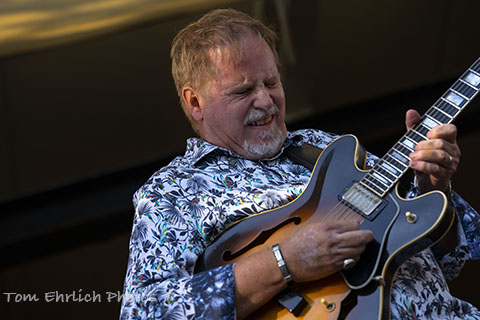 Dave Stryker
Dave Stryker
 Warren Wolf vibes
Warren Wolf vibes
 Emmet Cohen
Emmet Cohen
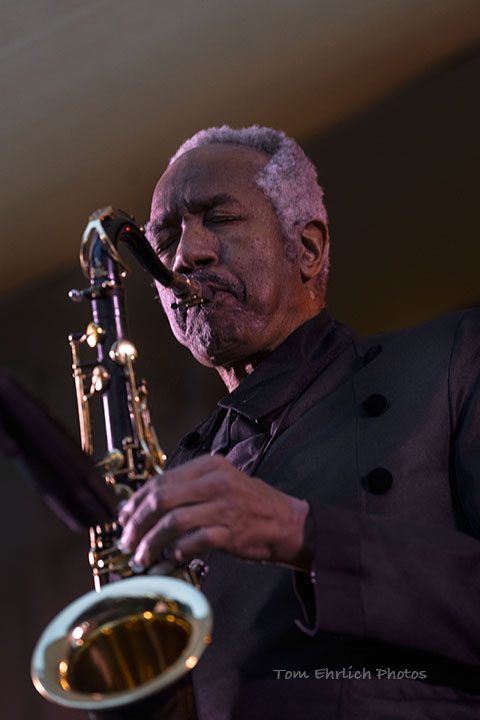 Billy Harper
Billy Harper
 Cecil McBee
Cecil McBee
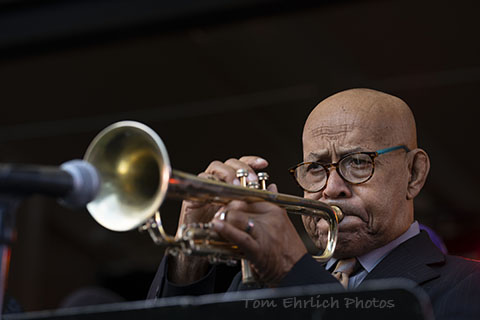 Eddie Henderson
Eddie Henderson
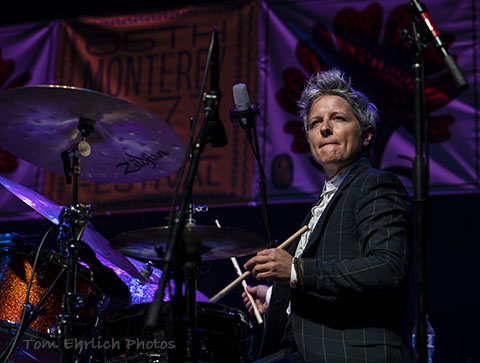 Allison Miller
Allison Miller
 Matthew Whitaker
Matthew Whitaker
 Iván Llanes
Iván Llanes
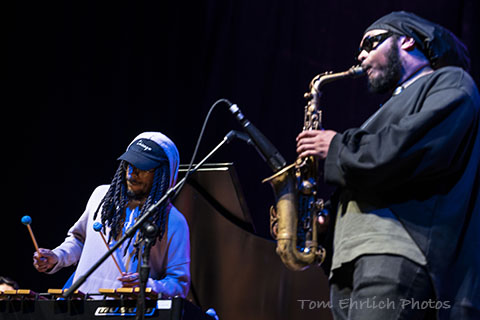 Joel Ross and Immanuel Wilkins
Joel Ross and Immanuel Wilkins
Monterey Jazz Festival
Part 2: Friday Night
Here's the second installment of Tom Ehrlich's 4-part coverage of the 2022 Monterey Jazz Festival.
 Nicholas Payton
Nicholas Payton
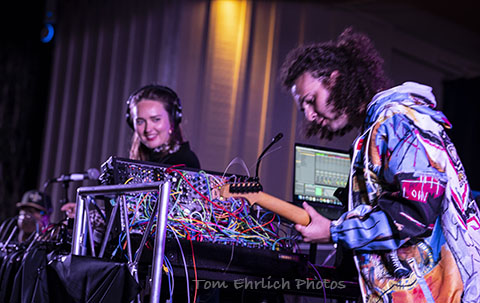 Sasah Masakowski and Cliff Hines
Sasah Masakowski and Cliff Hines
Monterey Jazz Festival
Part 1: Chucho Valdés and La creación
Tom was so floored by Chucho's large scale suite (performed by a combination of Hilario Durán's Yorubaland and John Beasley's Monk'estra) that he devoted a whole gallery to it.
 Left to right: Carlos Averhoff, Jr. sax, Chucho Valdés, Hilario Durán and John Beasley
Left to right: Carlos Averhoff, Jr. sax, Chucho Valdés, Hilario Durán and John Beasley
 The dynamic duo of Dafnis Prieto and Roberto Vizcaíno, Jr.
The dynamic duo of Dafnis Prieto and Roberto Vizcaíno, Jr.
 Erick Barbería and Yeny Valdés pre-concert
Erick Barbería and Yeny Valdés pre-concert
SJ JAZZ - Final Day
New Gallery From Tom Ehrlich
The last day of the festival started with strong performance by Telmary and her group at the main stage. Other groups included Javon Jackson, Charles McPherson, Gary Bartz and Donald Harrison with a tribute to Charlie Parker, Mario y su Timbeko, another powerful timba group, Stanley Clarke. Keyon Harrold. Ledisi and Jazz Organ Fellowship Tribute to Dr. Lonnie Smith.
Full Galleries: Sunday - Saturday - Friday
 Telmary
Telmary
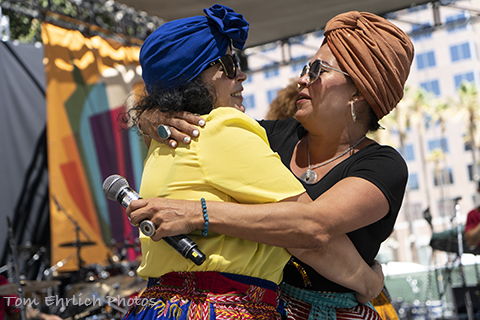 Yeni Valdes and Telmary
Yeni Valdes and Telmary
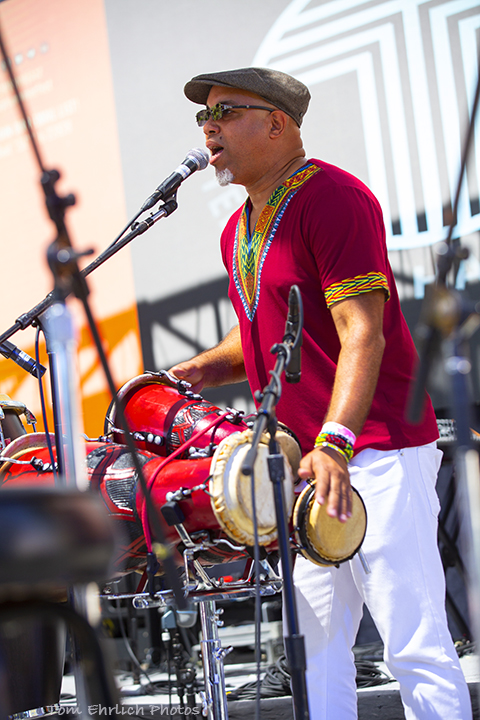 Erick Barbería
Erick Barbería
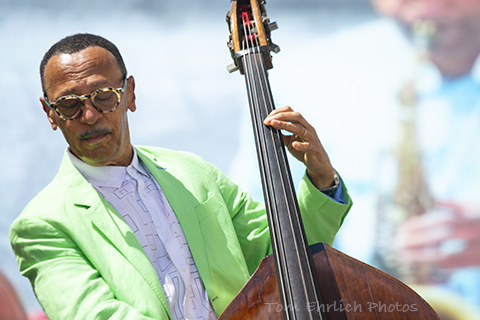 David Williams
David Williams
 Right to left David Williams, Charles McPherson, Donald Harrison and Gary Bartz
Right to left David Williams, Charles McPherson, Donald Harrison and Gary Bartz
 Mario Salomon (timbales) and Carlitos Medrano (congas)
Mario Salomon (timbales) and Carlitos Medrano (congas)
 Yadier Noa
Yadier Noa
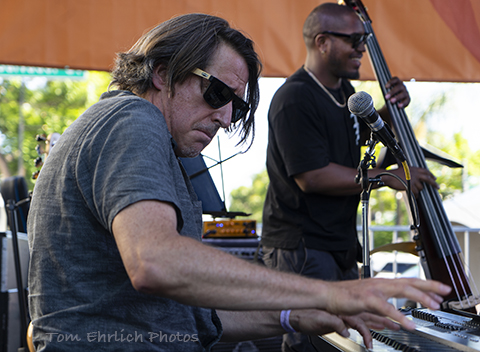 Jason Moen keyboards and Yadier Noa bass
Jason Moen keyboards and Yadier Noa bass
 Stanley Clarke and Jeremiah Collier
Stanley Clarke and Jeremiah Collier
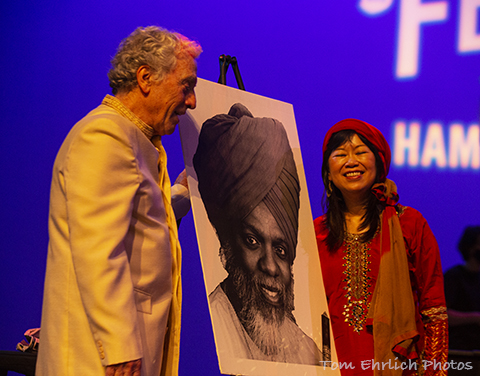 Pete Fallico and Akiko Tsunuga with a protrait of Dr. Lonnie Smith
Pete Fallico and Akiko Tsunuga with a protrait of Dr. Lonnie Smith
